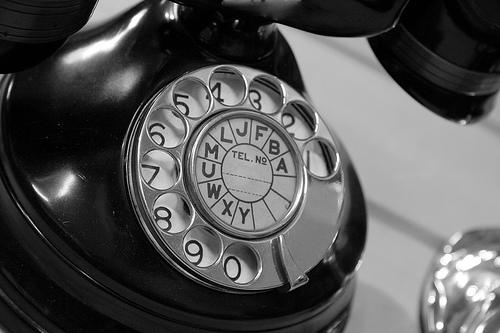
When your receptionist transfers a call to you, what kind of experience is your caller having?
Your company’s call-handling style can make a big impact on your clients and potential new customers. Whether you’re deciding how to handle your calls or already have a system in place, this customer touchpoint holds a lot of sway over the impression your clients have of your business.
Below is one common practice that may be off-putting and potentially lose you business:
Your receptionist connects calls to your ringing line rather than staying on the line to introduce the call.
This can be helpful to a receptionist who is balancing a number of duties, as so-called “blind” transfers are quick and easy. But this transfer style can lead to dissatisfied callers if you’re not careful — there’s always a risk of important calls going to voicemail if you’re away from your phone. Are some potential clients calling your competitor instead of leaving a voicemail message?
Instead: Have your receptionist let you know who’s on the line before connecting calls.
Regardless of whether you’re available at the moment, your caller will receive quality customer service. If you are at your desk, you’ll be able to make an informed decision about whether you’d like to take a call right now. And if you’re able to take the call, you’ll have a few seconds to prepare by pulling up their account or finishing that bite of sandwich.
If now’s not opportune, your receptionist can return to your caller and take a message, or simply relay a message to the caller for you (“Jim is stepping into a meeting at the moment, but would it be convenient for him to return your call around 1:30?”). After being cared for by your receptionist, your potential clients will have excellent expectations and will feel more invested in your company.
Put yourself in your callers’ shoes — what would impress you?



